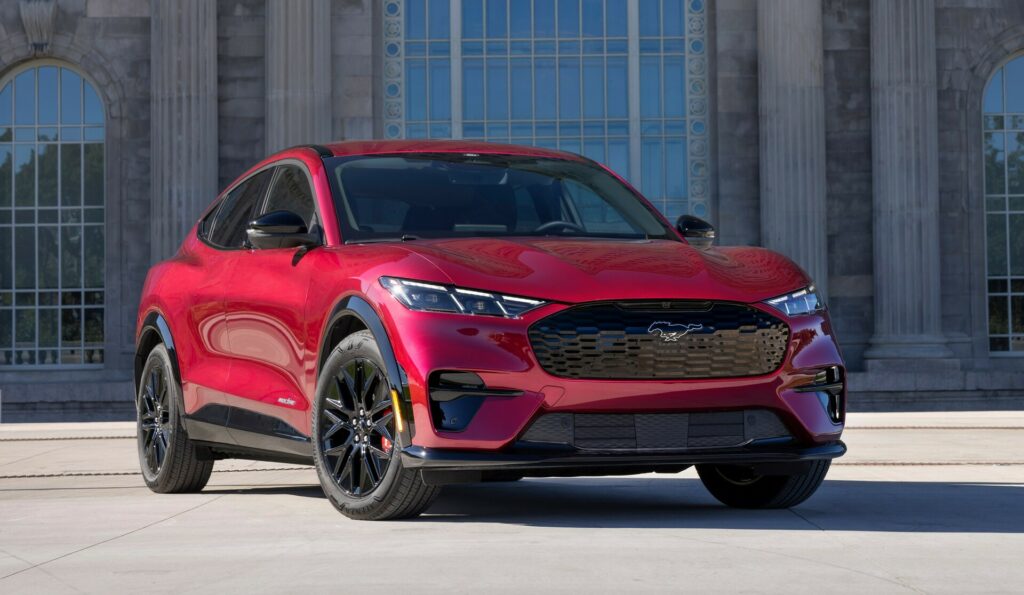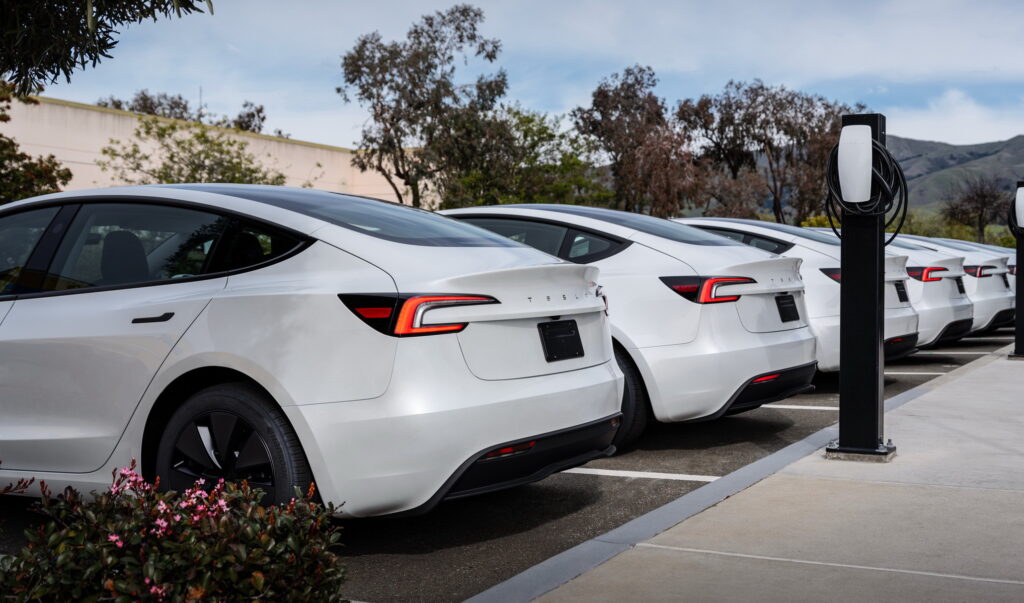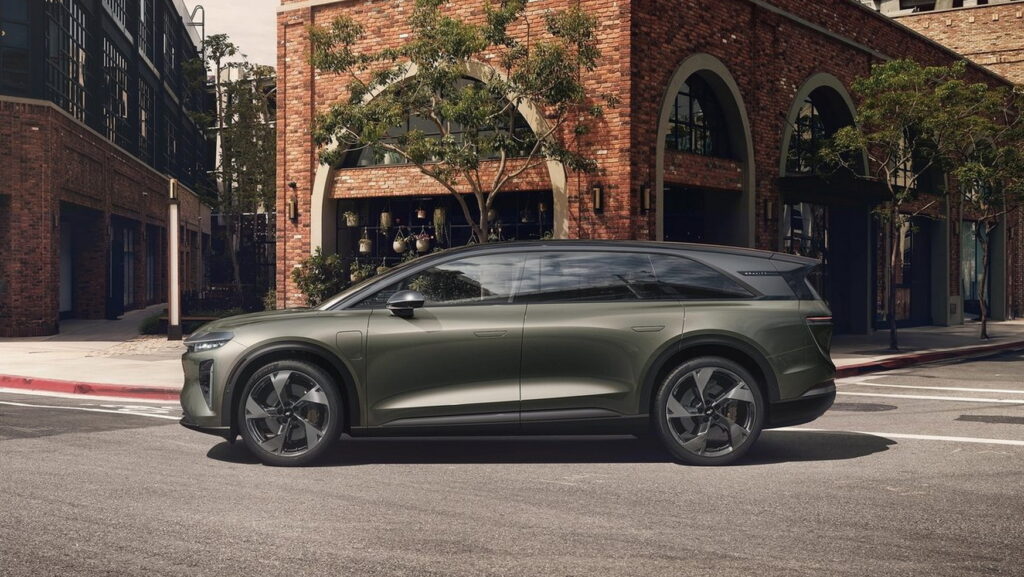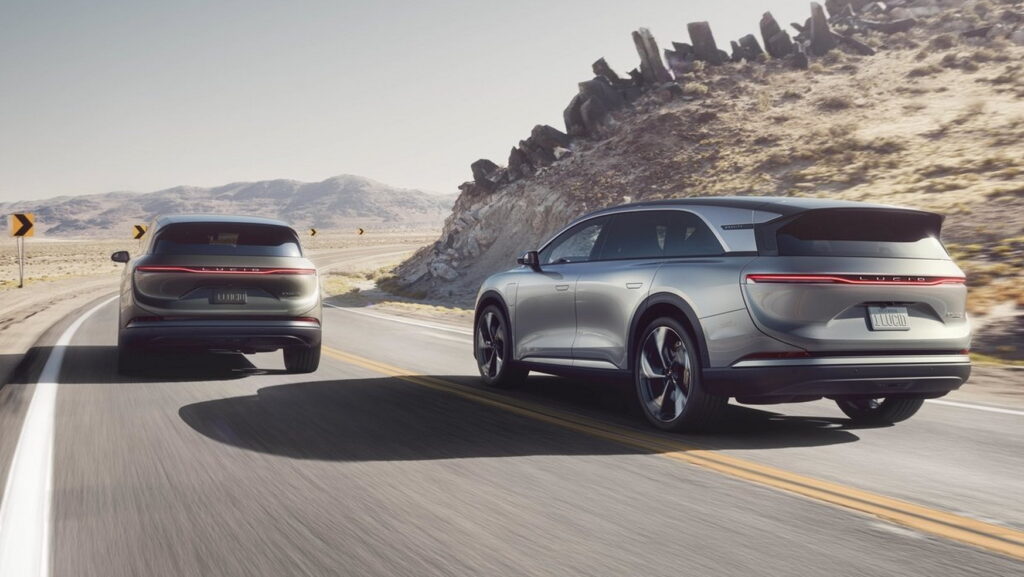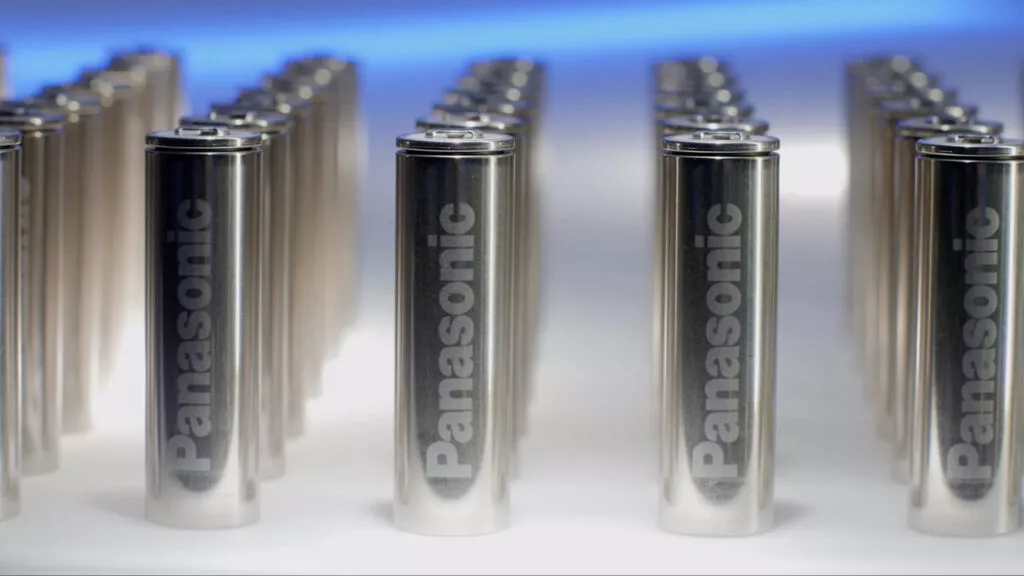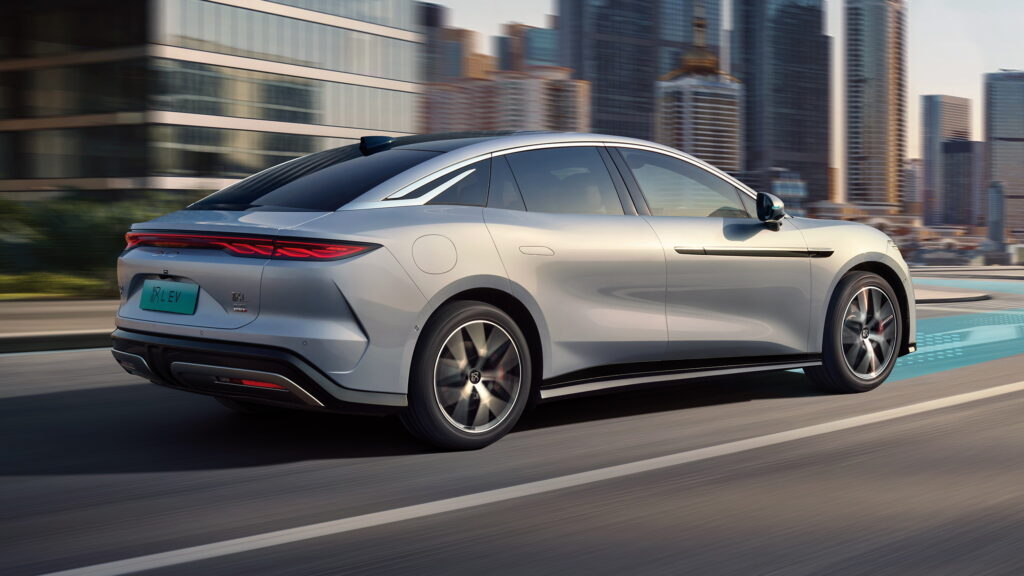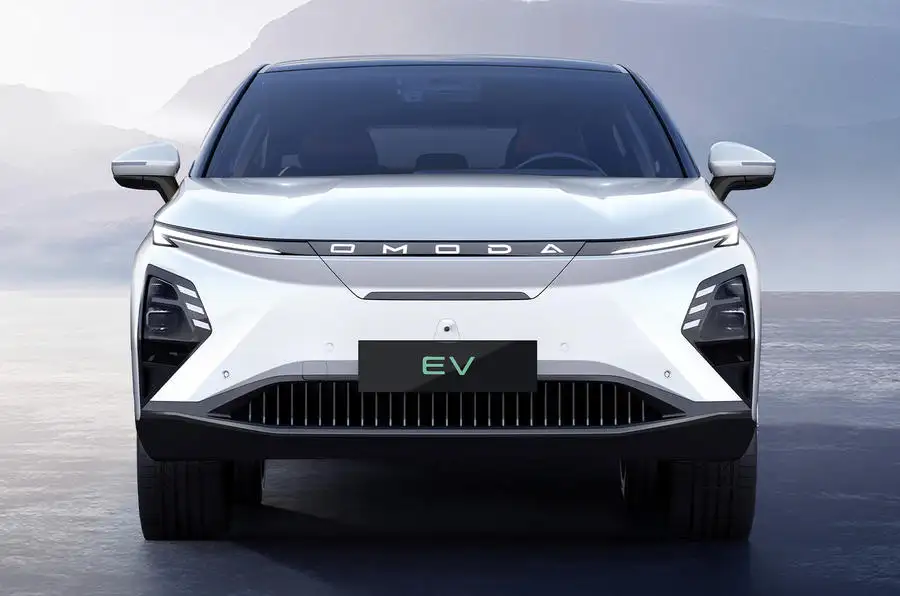Volvo Sued After EV Reportedly Accelerates Without Warning
- Volvo faces a lawsuit over alleged safety issues in the electric XC40 Recharge SUV.
- Plaintiffs say the EV surges and lurches during low-speed driving and gear changes.
- Over 100 drivers joined the suit alleging serious safety flaws and hidden defects.
Volvo can’t seem to catch a break. Hot on the heels of an NHTSA advisory urging owners of various plug-in hybrid and electric models to stop using ‘B mode’ , aka One Pedal Drive, until a software fix is in place, the company is now facing a class action lawsuit over safety concerns in its all-electric XC40 Recharge.
Filed in the United States, the lawsuit alleges that the compact SUV suffers from serious defects, including unintended acceleration, that put both drivers and passengers at risk. More than 100 owners have joined the suit, which demands a jury trial and alleges that Volvo either knew, or should have known, about the problems.
More: Volvo Drivers Warned To Stop Using This Mode Until Urgent Fix Is Installed
At the center of the complaint is lead plaintiff Robert M. Becker, who argues that the XC40 Recharge can unexpectedly surge forward, lurch, or accelerate unintentionally. According to the filing, these incidents are most likely to occur during low-speed driving, when shifting gears, or while using the vehicle’s One Pedal Drive mode.
Becker contends that the defects pose a “substantial risk of accident, injury, or property damage” and that Volvo failed to take appropriate action.
Claims of Prior Knowledge
The lawsuit asserts that Volvo knew, or was reckless for not knowing about, the issue based on pre-release testing, consumer complaints (including for the mechanically-related Polestar 2), dealership service reports, internal engineering assessments, and data from the NHTSA. Despite this, the automaker is accused of downplaying or concealing the full extent of the problem. The complaint further claims that Volvo’s recall efforts were “piecemeal and unduly narrow.”
Lead plaintiff Robert Becker leased a 2024 XC40 Recharge on September 13, 2024 and claims to have experienced multiple instances of the vehicle surging and lurching during normal operation. Less than a month after having the electric SUV, he had to take it to a Volvo dealership to be diagnosed and repaired.

Volvo’s Recalls
The lawsuit points to two recalls issued by Volvo in the US. The first involved a software fault that could lead to a sudden loss of propulsion in XC40 Recharge models, but according to the complaint, it failed to resolve deeper control logic flaws. A second recall targeted 2021–2022 models due to the risk of water entering the accelerator pedal sensor harness. Plaintiffs argue that this recall was too narrow, leaving similar defects in other vehicles unaddressed and failing to correct the core issue.
Review: New Volvo XC40 Recharge P8 Guns For Tesla’s Model Y
Becker is suing Volvo for violations of the Consumers Legal Remedies Act, the Unfair Competition Law, False Advertising Law, fraudulent concealment, and unjust enrichment. Plaintiffs are seeking a mix of compensatory and punitive damages, as well as restitution, disgorgement, and injunctive relief aimed at correcting the reported defects.










